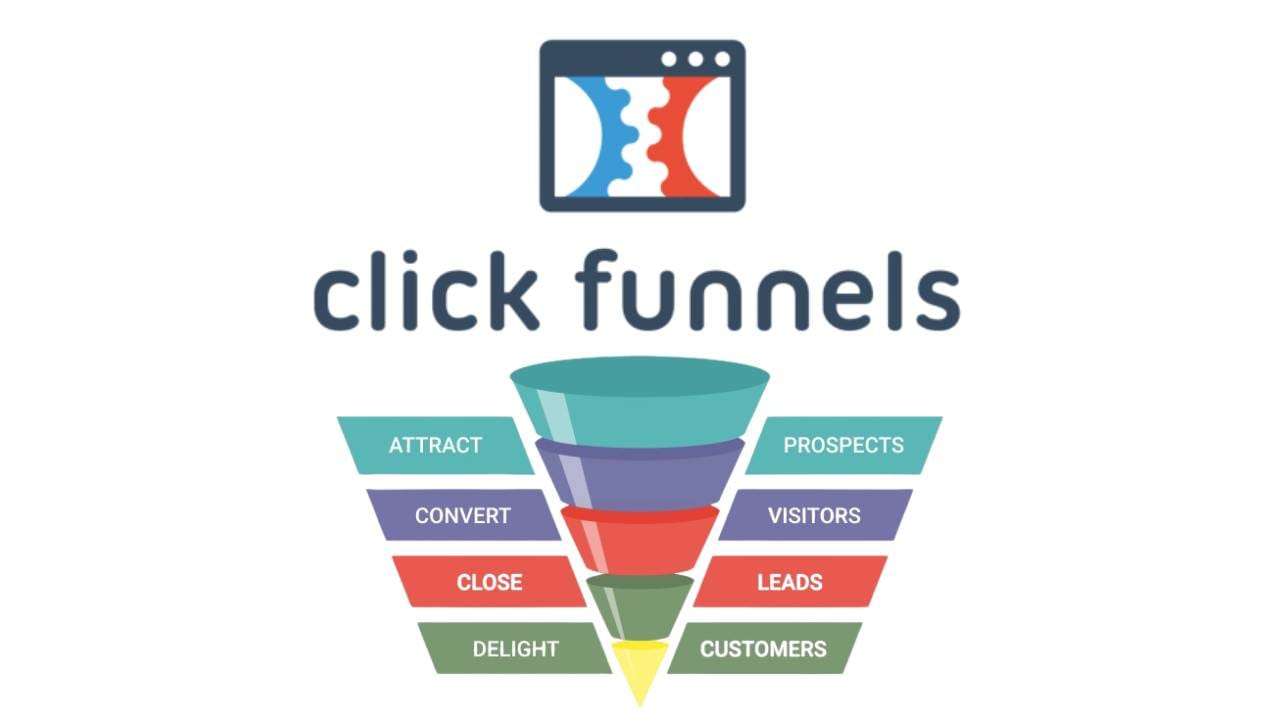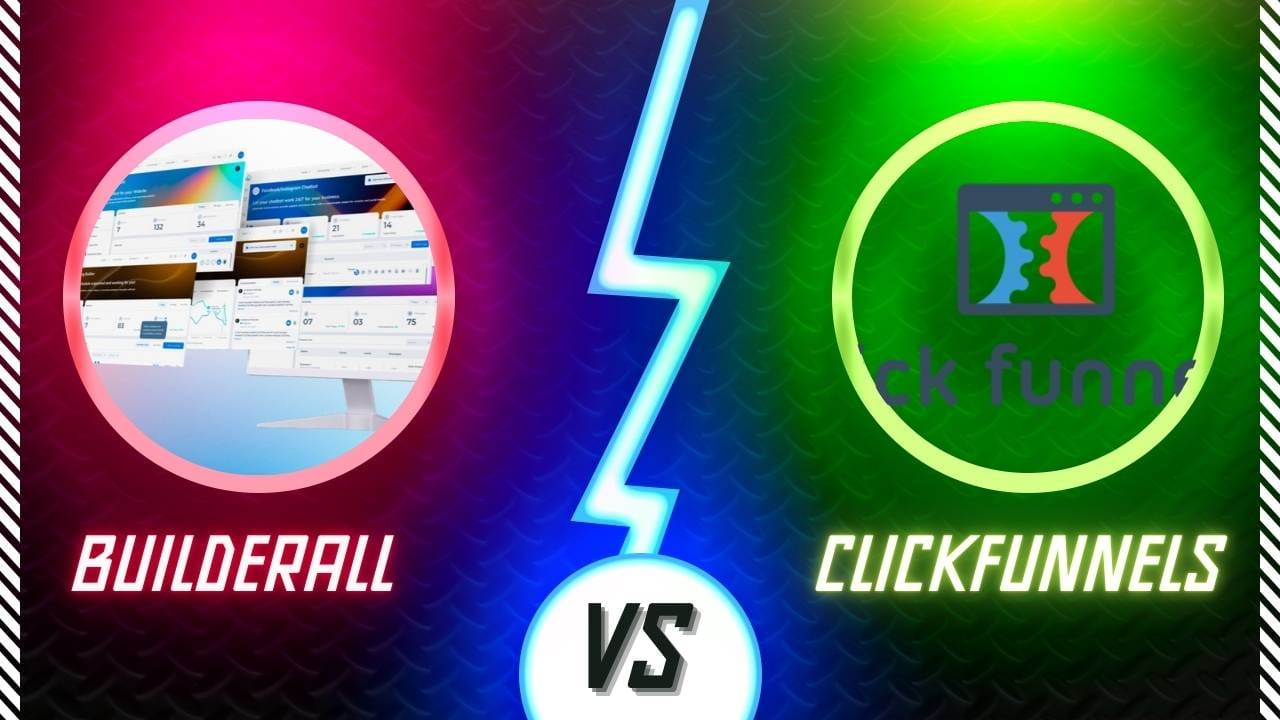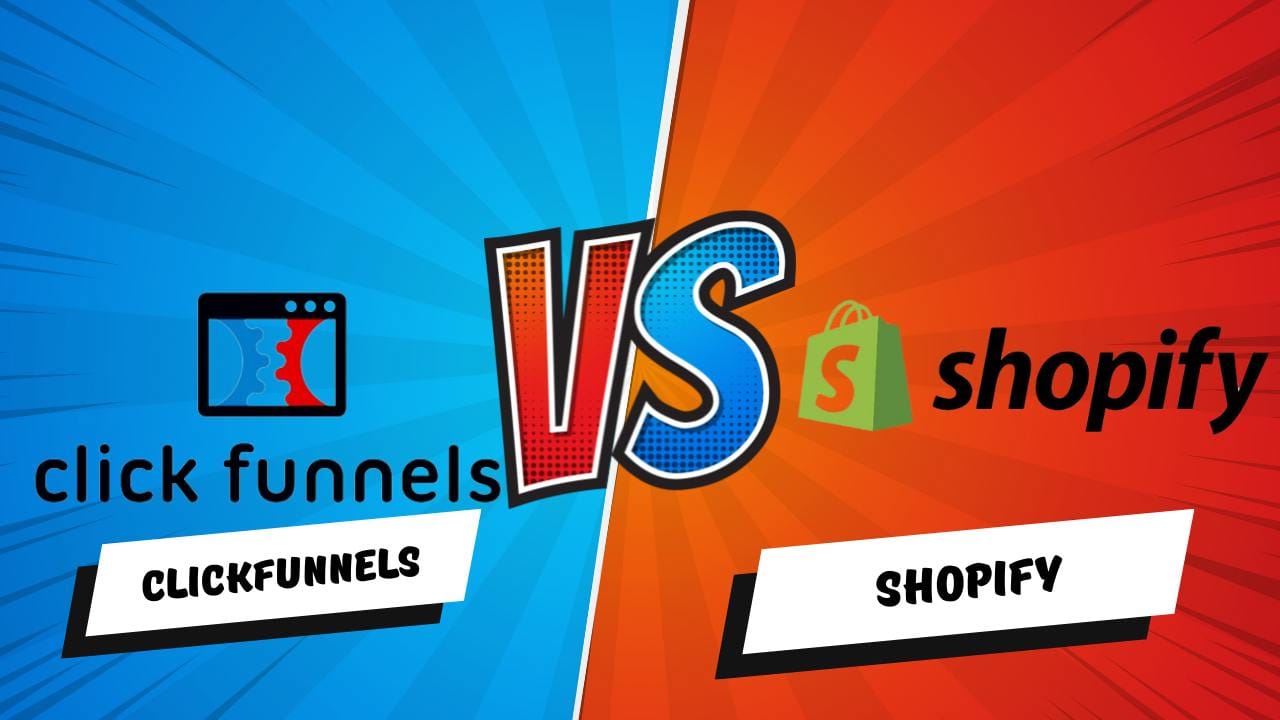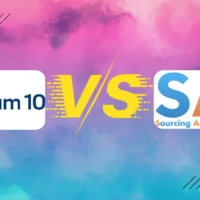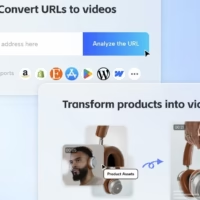In today’s digital age, subscription services have become an integral part of how we access entertainment, software, products, and experiences. From streaming platforms that deliver your favorite shows and movies on-demand, to music services that put millions of songs at your fingertips, and even curated boxes of niche goods delivered monthly, the subscription model has reshaped the consumer landscape. However, with so many options available, it can be challenging to determine which subscription services best fit your unique lifestyle, budget, and interests.
Table of contents
- How to Pick the Right Subscription: A Complete Guide
- Understanding Subscription Services
- Step 1: Determine Your Needs and Interests
- Step 2: Set a Realistic Budget
- Step 3: Compare Features and Offerings
- Step 4: Evaluate Flexibility and Commitment
- Step 5: Investigate Customer Support and Company Reputation
- Step 6: Consider Trials and Promotions
- Step 7: Understand Cancellation and Renewal Policies
- Step 8: Check Compatibility and Accessibility
- Step 9: Assess Long-Term Value
- Additional Tips and Best Practices
- Example Scenario: A Practical Walkthrough
- Conclusion
How to Pick the Right Subscription: A Complete Guide
This comprehensive, step-by-step guide aims to help you navigate the selection process and choose the right subscription service with confidence. By the end, you will be well-prepared to evaluate different platforms, understand their offerings, manage your costs, and ensure you receive the most value possible.
Understanding Subscription Services
What Are Subscription Services?
Subscription services are business models that allow customers to pay a recurring fee—often monthly or annually—in exchange for ongoing access to products, content, or services. These offerings can vary widely. For instance:
- Streaming Services: Platforms like Netflix, Amazon Prime Video, Hulu, and Disney+ offer a continually updated library of movies, TV shows, and original content.
- Music Streaming: Services such as Spotify, Apple Music, and Tidal grant you access to extensive song libraries, curated playlists, and exclusive releases.
- Software as a Service (SaaS): Tools like Adobe Creative Cloud or Microsoft 365 provide access to productivity software, design tools, and regular updates.
- Subscription Boxes: Curated packages, such as beauty boxes (Birchbox, Ipsy), meal kits (Blue Apron, HelloFresh), and even pet supply boxes, arrive on your doorstep at set intervals.
- Online Education and Fitness: Platforms like Skillshare, MasterClass, Peloton, or fitness app memberships grant continuous access to learning materials, live classes, or personal training sessions.
Why Are They Popular?
- Convenience: Subscription services are designed for hassle-free, continuous use.
- Cost-Effectiveness: They can be cheaper than individual purchases, especially if you consistently consume certain media or products.
- Variety: Services often offer extensive libraries or collections that outstrip traditional one-off purchases.
- Personalization and Discovery: Many subscriptions use algorithms or expert curators to help you discover new content or products you wouldn’t have found otherwise.
Potential Downsides
- Accumulating Costs: Multiple subscriptions can add up quickly, straining your budget.
- Overlapping Services: You may end up paying for services that duplicate the same content or tools.
- Underuse: If you do not fully engage with your subscription, you may be paying for something you don’t use.
Step 1: Determine Your Needs and Interests
Before diving into cost comparisons or extensive research, start by clarifying what you want from a subscription service. Identifying your core needs and interests will guide you toward the types of subscriptions that add genuine value.
Ask Yourself Key Questions
- What Content or Products Do I Desire Most?
Are you looking for entertainment, productivity tools, niche products, or educational resources? Pinpointing content categories (e.g., films, fitness classes, e-books, curated goods) narrows down suitable services. - How Often Will I Use the Service?
If you are an avid movie watcher who streams daily, investing in a premium video subscription might make sense. Conversely, if you watch a single film a month, a more flexible or cheaper plan could be enough. - What Are My Personal Interests or Goals?
Consider your lifestyle aspirations. Are you looking to improve your cooking skills, discover new music, or stay fit at home? Aligning your subscriptions with personal goals ensures you remain engaged and get your money’s worth.
Categorizing Your Needs
Create a list or a simple table identifying what you want out of a subscription. For instance:
| Interest/Need | Subscription Type | Example Providers |
|---|---|---|
| General entertainment (movies/TV) | Streaming services | Netflix, Hulu, Disney+ |
| Music & audio content | Music streaming/podcasts | Spotify, Apple Music |
| Skill development | Educational platforms | MasterClass, Skillshare |
| Fitness & wellness | Fitness apps & classes | Peloton, Daily Burn |
| Curated products | Subscription boxes | Birchbox, Blue Apron |
| Productivity & work tools | SaaS software | Microsoft 365, Adobe CC |
By placing your interests into categories, you can better identify which sector you should research further.
Step 2: Set a Realistic Budget
Budgeting is a crucial step in determining the right subscription service. It helps ensure that your decisions lead to sustainable spending rather than impulse-driven accumulation.
Understand the Total Cost
- Monthly vs. Annual Plans:
Many services offer discounts on annual plans. While the upfront cost is higher, you might save money over 12 months. For instance, if a service costs $10/month but offers an annual rate of $100 (saving $20/year), it might be worth considering if you’re sure you will use it long-term. - Hidden Costs:
Look out for hidden fees, additional equipment requirements (like special streaming devices), or premium-tier add-ons that could inflate the cost.
Set a Subscription Spending Limit
Before you start picking services, determine how much you’re willing to spend on subscriptions monthly or annually. This number should reflect your financial comfort level:
- Assess Current Expenses:
Review your existing subscriptions to see how much you’re already spending. Consider reducing or consolidating before adding new ones. - Prioritize High-Value Services:
If you can only afford $30 per month on subscriptions, ensure you pick one or two services that deliver the most value, rather than spreading that amount across three or four underutilized subscriptions.
Example Budgeting Scenario
Imagine you have a $50/month limit on digital subscriptions. You might allocate it as follows:
- $15: Music streaming (high usage, daily listening)
- $20: Video streaming (for movies and TV shows you watch a few times a week)
- $15: Educational platform (classes you take periodically)
If you find yourself wanting an additional subscription box at $25/month, you would have to increase your budget or cut something else out.
Also Read: Top 5 AI Tools for Boosting Productivity
Step 3: Compare Features and Offerings
Once you’ve identified what types of subscriptions you want and set a budget, the next step is to evaluate and compare services. This involves looking at content libraries, product quality, features, and exclusive perks.
Key Comparison Points
- Content Library Size and Quality:
For streaming platforms, this might mean the size of the movie database, the number of TV shows available, or the exclusivity of original content. For subscription boxes, consider the quality and curation of items. - User Interface and Experience:
A complicated, unintuitive interface can hamper your enjoyment. Look for user-friendly platforms with easy navigation, strong search functions, and minimal downtime. - Feature Set:
Consider unique features like offline downloads for streaming services, ad-free experiences, family sharing options, or included customer support. For software, look at integrated tools, regular updates, or cloud storage capacity. - Geographical Availability:
Some services are region-locked. Ensure the subscription you’re interested in is available in your country and offers a complete experience locally (full library access, local language support, reliable streaming speeds).
Practical Comparison Example
Let’s look at a hypothetical scenario comparing two streaming services:
| Feature | Service A | Service B |
|---|---|---|
| Monthly Cost | $12 | $10 |
| Library Size | ~5,000 titles | ~4,000 titles |
| Exclusive Originals | Yes (Award-winning series) | Yes (Niche genre content) |
| Offline Downloads | Yes, up to 20 titles | Yes, unlimited downloads |
| Simultaneous Streams | 2 | 4 |
| Audio/Video Quality | 4K HDR for select titles | Mostly HD, some 4K |
| User Interface | Modern, intuitive | Slightly dated, but simple |
| Availability | Worldwide | North America & Europe only |
By reviewing this table, you can see which service aligns better with your needs (larger library vs. more simultaneous streams vs. region availability, etc.).

Step 4: Evaluate Flexibility and Commitment
Not all subscriptions are equally flexible. Some allow easy cancellation and short-term commitments, while others offer annual plans that lock you in. Understanding the flexibility and commitment level can save you from future frustration.
Areas to Examine
- Contract Length:
While many subscriptions operate on a month-to-month basis, some require at least a 3-, 6-, or 12-month commitment. Ensure you are comfortable with the length before signing up. - Pausing and Resuming:
Some services let you pause your subscription without canceling. This is especially useful for seasonal services (e.g., pausing a meal kit delivery when you travel) or when your usage patterns change. - Upgrade/Downgrade Options:
If a service offers multiple tiers, check how easily you can switch plans. Can you downgrade to a cheaper tier mid-month, or do you have to wait until the billing cycle ends?
Step 5: Investigate Customer Support and Company Reputation
A subscription service is not just about the product or content—it’s also about the overall user experience. Good customer support and a positive company reputation can make a substantial difference if you encounter issues or need assistance.
How to Assess Reputation and Support
- Read Online Reviews:
Look for reviews on independent websites, social media, and forums. Customers often share honest feedback about their experiences, highlighting both positives and negatives. - Check the Company’s History:
How long has the company been in business? More established providers may have more reliable support and better infrastructure. - Customer Support Channels:
Check if they offer multiple support channels—email, live chat, phone support—and consider their response times. Some subscription services provide 24/7 support, while others may take days to reply.
Red Flags to Watch Out For
- Poor Communication:
If customers complain about unanswered support tickets or inaccessible help lines, this may indicate future frustrations. - Frequent Billing Issues:
Look out for complaints regarding incorrect charges, difficulties canceling, or unclear billing practices.
Step 6: Consider Trials and Promotions
Many subscription services offer free trials or promotional discounts to new users. Taking advantage of these can give you hands-on experience before committing financially.
Benefits of Trials
- Risk-Free Testing:
Trials let you explore the service’s library, features, and interface at no cost. - Assess Actual Usage:
After a week or a month of a trial, you can see if the service fits into your routine as anticipated. Are you genuinely using it daily or has the novelty worn off? - Comparing Multiple Services:
If possible, run trials of two similar services back-to-back. For example, try one music streaming platform for a month, then test another. Compare experiences and cancel the one that doesn’t meet your standards.
Be Mindful of Trial Limitations
- Auto-Renewal:
Free trials often auto-renew into paid subscriptions if you don’t cancel in time. Set a reminder to avoid unexpected charges. - Limited Features During Trial:
Some trials are “lite” versions of the full service. If so, confirm which features are unavailable so you don’t commit to a service expecting a feature that doesn’t exist in the full version.
Step 7: Understand Cancellation and Renewal Policies
A major aspect of choosing a subscription service is knowing how easy it is to leave. Transparent cancellation and renewal policies are essential to avoiding unpleasant surprises.
Cancellation Policy Checklist
- Ease of Cancellation:
Can you cancel online in a few clicks, or do you have to call customer support and wait on hold? Straightforward cancellation is a sign of a user-friendly service. - Prorated Refunds:
Some services offer refunds if you cancel mid-billing cycle. Others do not. Understand these policies before signing up. - Future Billing Cycles:
If you cancel, do you retain access until the end of the billing period, or is access terminated immediately?
Renewal Rules
- Auto-Renewal:
Most subscriptions auto-renew. Check how far in advance you must cancel if you do not want to continue for another month or year. - Notification Practices:
Some companies send a reminder before renewal, giving you time to adjust or cancel. Others may renew without notice, so be aware of your billing dates.
Step 8: Check Compatibility and Accessibility
For digital services, compatibility and accessibility are key. Whether it’s a streaming service or SaaS tool, ensure you can use it on your preferred devices and that it runs smoothly on your internet connection.
Key Considerations
- Device Compatibility:
Confirm if the subscription works on your devices—smart TVs, smartphones, tablets, laptops, gaming consoles. For productivity tools, ensure compatibility with your operating system (Windows, macOS, Linux). - Simultaneous Devices:
If multiple people in your household want to use the service, check how many simultaneous streams or logins are allowed. - Offline Access:
Can you download content to watch offline on your commute or while traveling? - Internet Requirements:
Services like 4K streaming require faster internet speeds. Ensure your connection is robust enough to handle the service’s quality settings without buffering or lag.

Step 9: Assess Long-Term Value
Evaluating the long-term value of a subscription service is crucial. A subscription might be exciting initially, but will it still be valuable weeks or months down the line?
Long-Term Usage Questions
- Will My Interests Change?
Your tastes evolve over time. A subscription that makes sense today may not be as appealing in six months. Consider whether the service offers enough variety to remain engaging. - Content and Feature Updates:
Do they add new content regularly? Do software tools receive frequent updates and improvements? Continuous enhancements help maintain long-term value. - Loyalty Rewards:
Some services reward long-term subscribers with special discounts, exclusive content, or early access to features. Over time, these perks can increase the value you receive.
Additional Tips and Best Practices
Track Your Subscriptions
It’s easy to lose track of what you’ve signed up for. Use a spreadsheet, budgeting app, or subscription management tool to keep tabs on:
- Payment Dates:
Knowing when each billing cycle begins and ends helps prevent unexpected charges. - Automatic Renewals:
Keep reminder notifications or calendar alerts to reassess subscriptions before they renew. - Usage Frequency:
Note how often you engage with each service. If you find usage dwindling, consider canceling or pausing.
Limit Overlapping Services
If you subscribe to multiple services that offer similar content, review whether the overlap is worthwhile:
- Example: If you have two video streaming platforms that both carry similar mainstream movies, consider whether paying for both is necessary. Maybe downgrade one or cancel it entirely.
Negotiate or Shop Around
Some companies offer retention deals if you attempt to cancel. While this depends on the provider, you can:
- Ask Customer Support for Discounts:
There’s no harm in contacting support to inquire about promotions, especially if you’re considering cancellation. - Compare Competitors:
If a competitor offers a better deal, bring this up. While not guaranteed, providers may match or improve their offer.
Consider Seasonal or Event-Based Subscriptions
Some services are more useful during specific seasons or events:
- Holiday Streaming Subscriptions:
Maybe you only subscribe to a certain platform during the holiday season to watch festive content. - Sports Streaming Services:
Sign up only during the sports season you’re interested in and cancel during the off-season.
Reevaluate Regularly
Consumer habits and personal circumstances change. Schedule a regular check—every 3–6 months—to evaluate whether your current subscriptions still meet your needs and budget. This ensures you continuously optimize the value you get from each service.
Example Scenario: A Practical Walkthrough
Imagine you’re a busy professional who loves movies, wants to learn new skills, and occasionally enjoys gourmet coffee. Here’s how you might apply these steps:
- Determine Needs:
- Entertainment (movies/TV)
- Skill development (online courses)
- Niche interest: gourmet coffee subscription box
- Set Budget:
You decide you can spend $40/month total. - Compare Offerings:
- Video streaming: Service A ($12/month, large library, good originals) vs. Service B ($10/month, fewer titles but cheaper)
- Learning platform: Skill-focused site A ($15/month, broad course selection) vs. Site B ($20/month, highly reputable instructors)
- Coffee box: Box A ($18/month, 2 bags) vs. Box B ($15/month, 1 bag + tasting notes)
- Evaluate Flexibility:
- All chosen services are monthly with easy cancellation, except the coffee box, which requires a 3-month commitment. You consider if you are willing to commit for that long.
- Check Reputation:
- Video service A and learning platform A have excellent reviews.
- Coffee box A has better feedback on taste quality.
- Try Trials and Promotions:
- Use a 1-month free trial on the learning platform before committing.
- Video service offers 1 week free.
- Coffee box doesn’t offer a trial, but a first-box discount.
- Cancellation Policies:
- All easy to cancel online. Coffee box A doesn’t refund partially if canceled mid-term, but that’s manageable.
- Compatibility and Accessibility:
- Video services work on your smart TV and tablet.
- Learning platform is accessible on all devices and offers downloadable course materials.
- Coffee box doesn’t require any tech compatibility.
- Assess Long-Term Value:
- The learning platform updates its courses monthly.
- The video service consistently adds new shows.
- The coffee box rotates varieties monthly, keeping it interesting.
After running the trials, you settle on Video Service A ($12), Learning Platform A ($15), and Coffee Box A ($18/month), which slightly exceeds your $40/month budget. You decide to drop to Coffee Box A’s smaller plan at $15/month to hit your $42 total. Close enough to your budget while maximizing enjoyment and learning.
You Might Like: Top 5 Cheap Portable Dishwashers Under $200
Conclusion
Choosing the right subscription service is not a decision to make hastily. With the vast array of options available—each offering unique value propositions, pricing tiers, and content libraries—it’s essential to approach the process systematically.
By following the steps outlined in this guide, you’ll be able to:
- Identify Your Needs:
Know what you want to get out of a service, focusing on content, utility, and personal interests. - Set a Budget:
Allocate a realistic amount that you’re comfortable spending, and stick to it. - Compare Features and Offerings:
Weigh the pros and cons of different services, noting their libraries, features, and user experience. - Evaluate Flexibility and Commitment:
Check how easily you can pause, cancel, or switch tiers to accommodate changes in your habits. - Investigate Reputation and Support:
Good customer service and a reputable company can make all the difference. - Use Trials and Promotions Wisely:
Test before committing to ensure the service meets your expectations. - Understand Cancellation and Renewal Policies:
Avoid surprises by knowing exactly how to stop or adjust your subscription. - Check Compatibility and Accessibility:
Ensure the service works on your devices and meets your technical needs. - Assess Long-Term Value:
Consider how a service fits into your life over months and years, not just the initial novelty.
Finally, remember that your circumstances, interests, and financial situation can change over time. Revisit your subscriptions periodically to ensure they continue providing value. By taking a proactive, thoughtful approach, you can enjoy the convenience and variety of subscription services without feeling overwhelmed or overspending.




